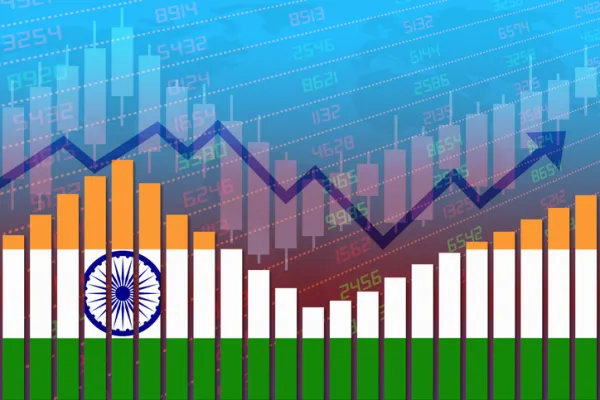What public pension system in the US of A is the best? Seriously, take a second and jot down the retirement system or investment council you think generates the highest investment returns. Got it?
Anybody pick the South Dakota Retirement System or its Investment Council? I didn't think so. But the SDIC just clocked 19.5 percent for the fiscal year ending June 30, which is truly remarkable.
Here's how the Chairman of the SDIC explained the performance in a recent legislative session: "The staff for the last four years have hit home runs every year. This year, they hit a grand slam walk-off home run."
No kidding. The Chairman went on to say that he expects this performance will place the SDIC as the single best performing pension fund in the nation. And I bet he’s right. You know why? Because the SDIC is almost always among the best funds in the nation.
That's right, over the past 10, 20 and 40 years, SDIC has ranked in the top 1 percent of public pension funds in terms of investment performance. So, I’m going to go ahead to provisionally award SDIC with this year’s national championship. I'm also going to suggest that the SDIC may deserve the title of world champion.
Yes, we all know that the Toronto-based CEM Benchmarking has routinely claimed that the Toronto-based Ontario Teachers' Pension Plan is the best pension fund in the world. But is it? Let's look at some numbers. Since inception (in 1990), OTPP has returned around 10.1 percent annualized. That’s awesome. But the SDRS has managed, since its inception in 1974, roughly 10.3 percent. Different years, I admit, but let’s just assume (for fun) that the numbers are comparable. Also, let’s not forget that the OTPP uses leverage to juice its returns. That’s right, one of OTPP’s ingredients in its recipe for success is a whopping $35 billion in leverage (which is worth 30 percent of the fund’s portfolio). Most funds can't do that.
Anyway, all of this is to say one thing: The SDIC is sneaky-awesome at what it does. And I think there’s a case to be made that it’s the best public pension fund in the world.
So, you may be wondering, how does the SDIC do it? Let’s just say that the “Canadian Model” may have been invented in South Dakota. Indeed, the SDIC manages most of its assets internally:
“The Investment Council manages most assets internally to save money and to try to earn higher returns. Internal management is cheaper than external managers, especially for expensive areas such as global equity, high yield, and arbitrage. Index funds are another low cost alternative, but would preclude any opportunity to add value above index returns. The Council believes the superior performance that has historically come from its internal management relates to a greater focus on long-term value and increased conviction from performing in-house research.”
And how does SDIC recruit the talent to be successful in this approach? It actually pays its staff reasonably well. For example, it had the flexibility to give bonuses of 100 percent of salary until this year, at which point the legislature agreed to boost that to 200 percent in order to retain key staff. As this suggests, the governance of the SDIC is also solid. In fact, it's mandated that SDIC members have a background in finance and investments, which is often uncommon among public pensions in the USA. So, it’s all starting to come together.
Anyway, I leave you with this nice blurb from the SDIC's annual report. It's legit:
“It is difficult to maintain a focus on long-term value, especially during underperforming periods. It is the nature of most people to prefer immediate gratification, which leads to a preference for short-term oriented investing. It is also human nature to seek the comfort of the crowd, which increases the difficulty of sticking with a long-term approach. Over the decades, the Council has developed advantages to help retain its discipline. Internally developed long-term value measures provide a solid focal point, like a lighthouse in rough seas. Decades of experience in difficult markets and a track record of success provide confidence to stay the course. Ongoing contingency planning boosts confidence and provides a roadmap for what to do when tough times come.”






